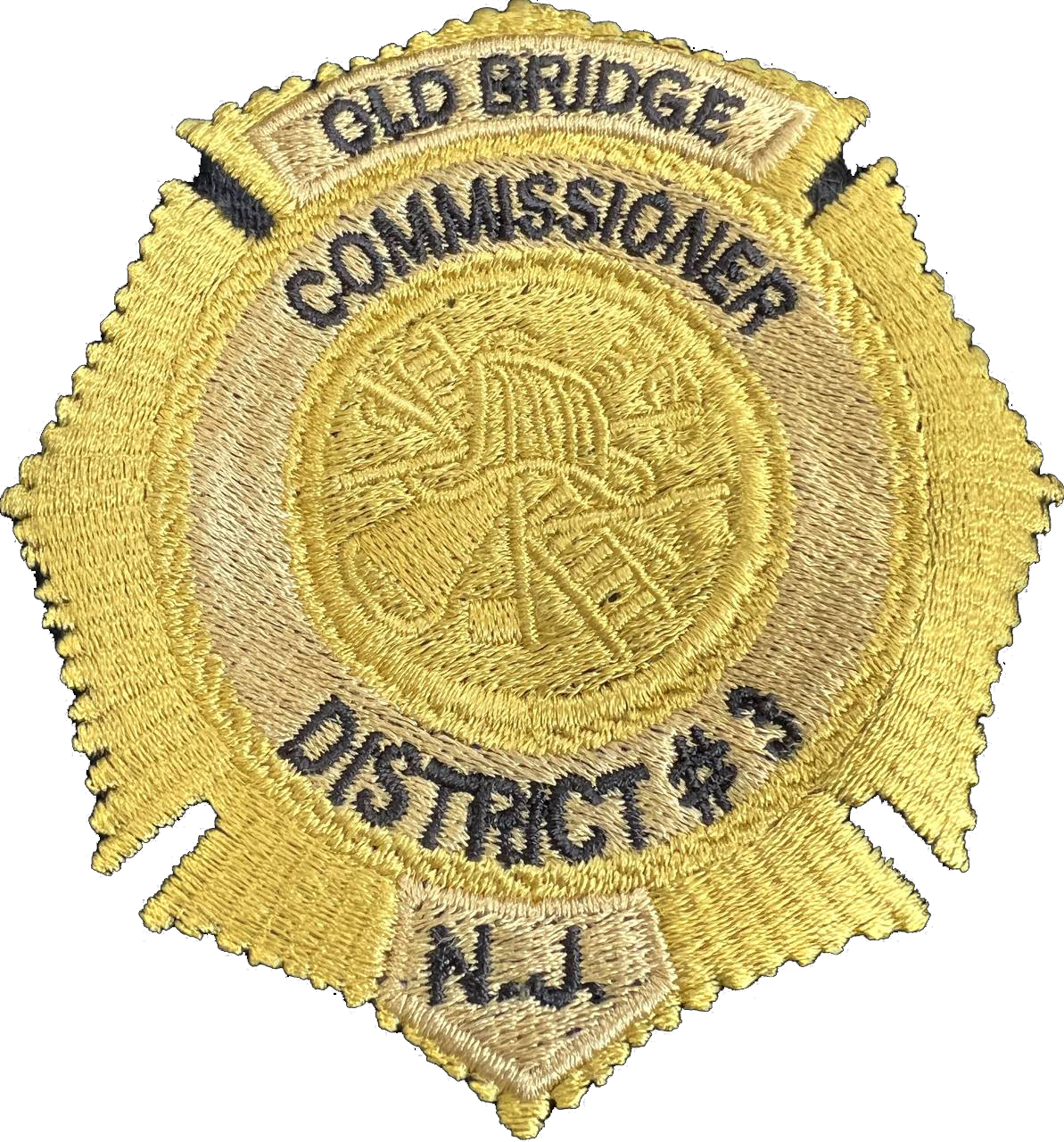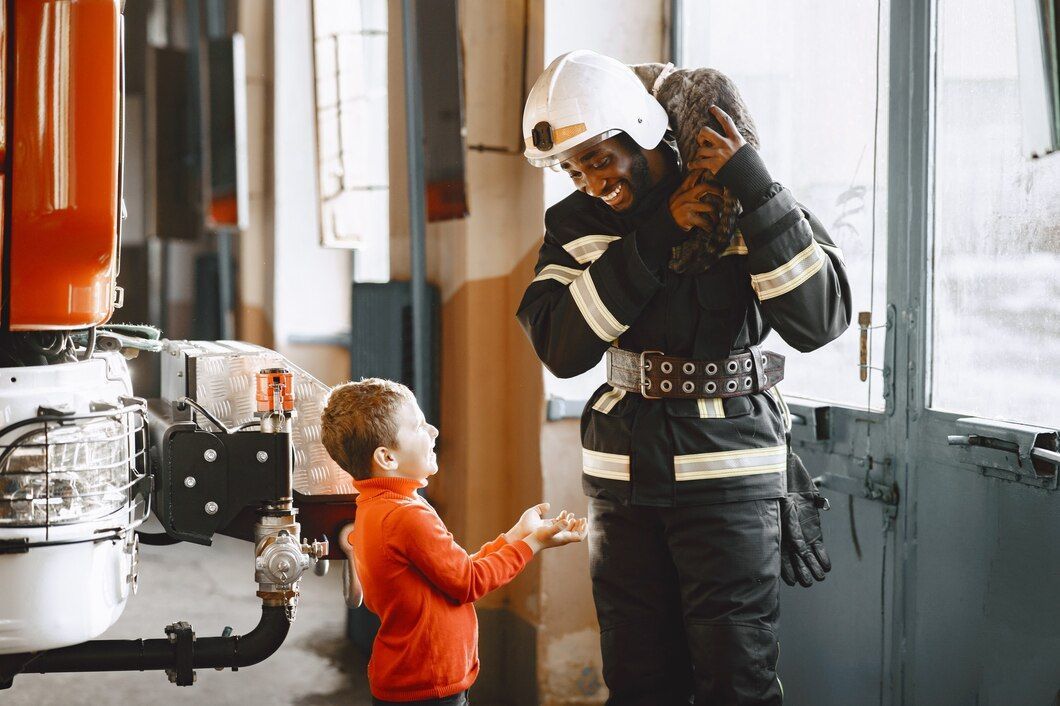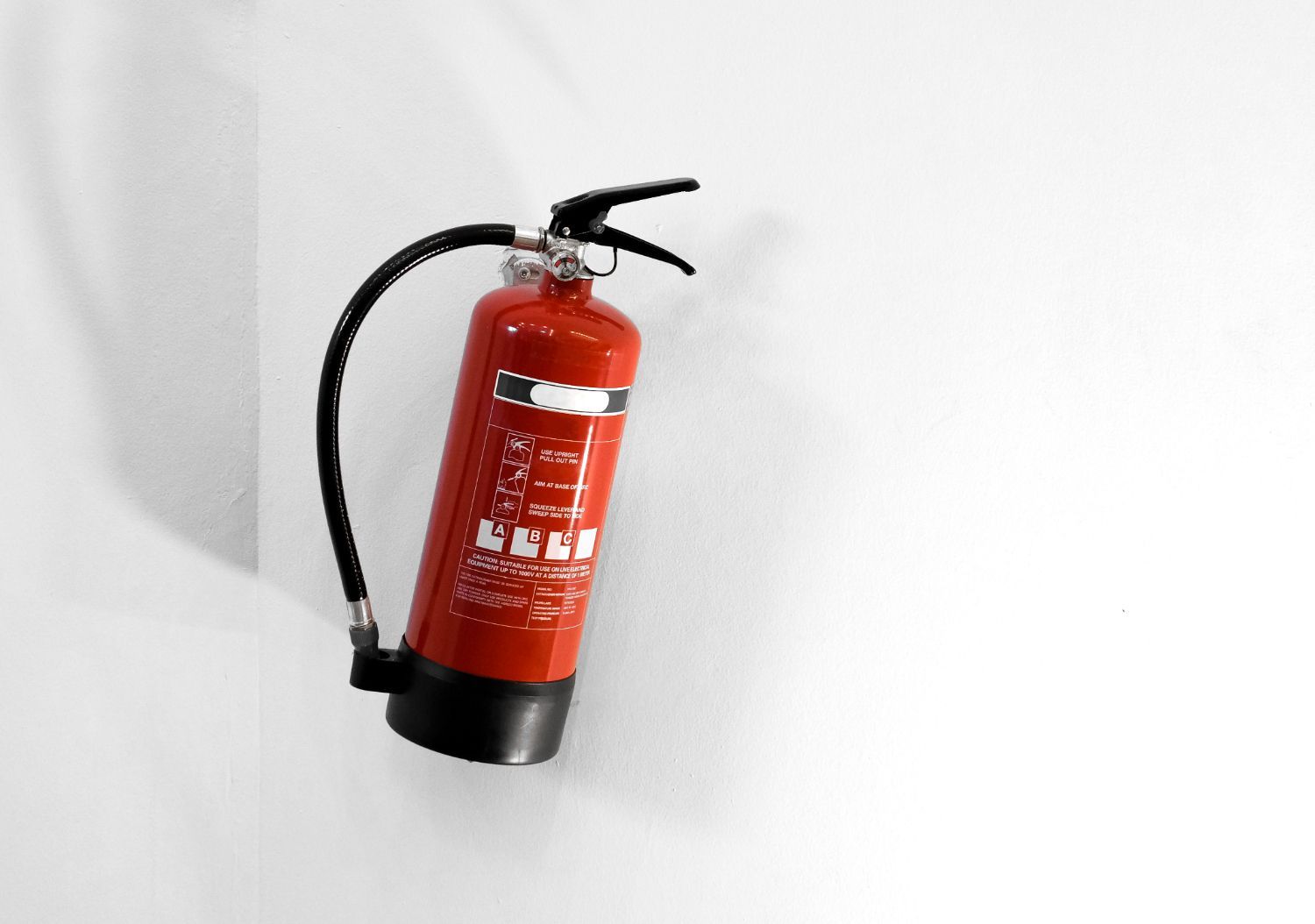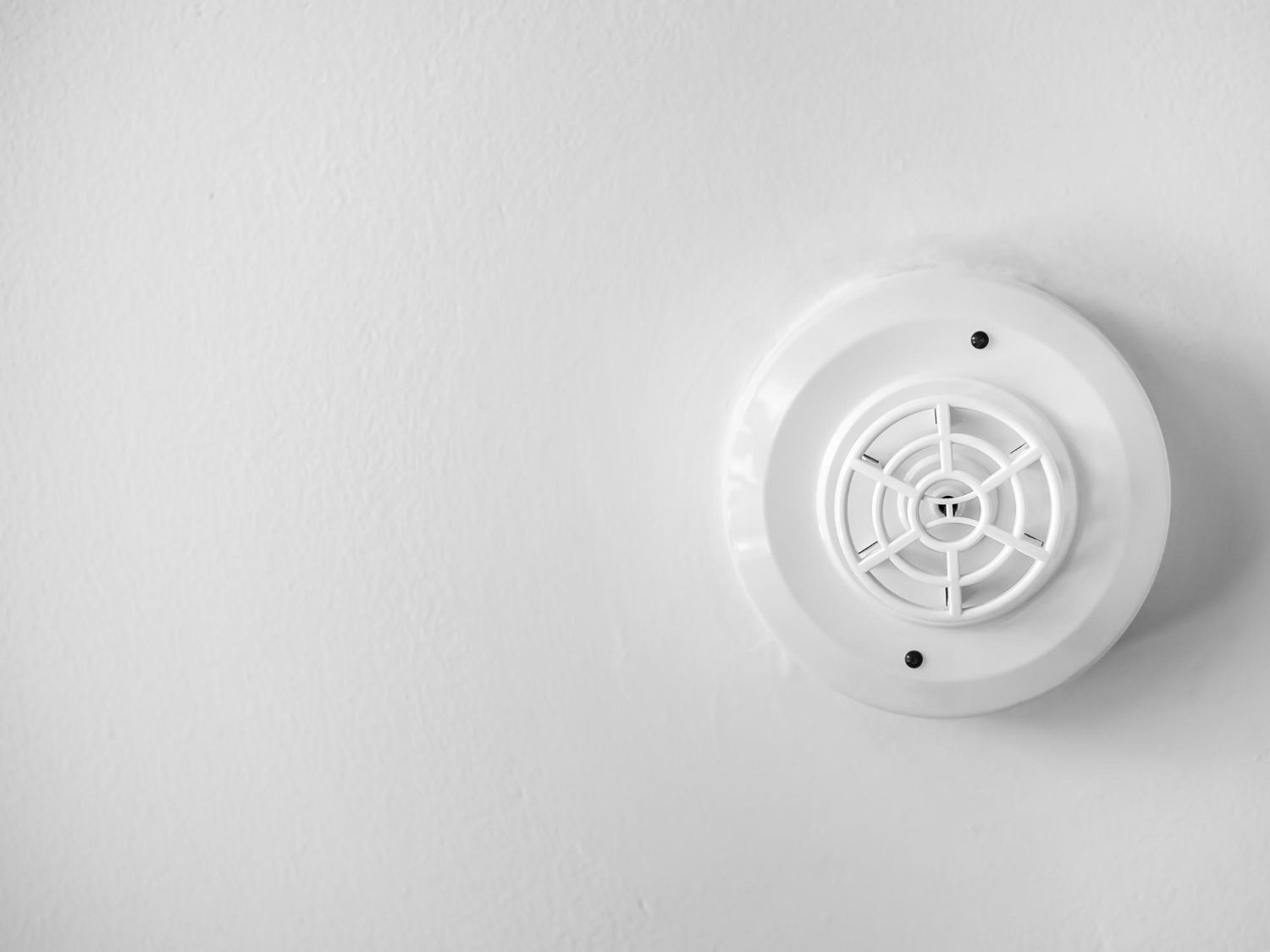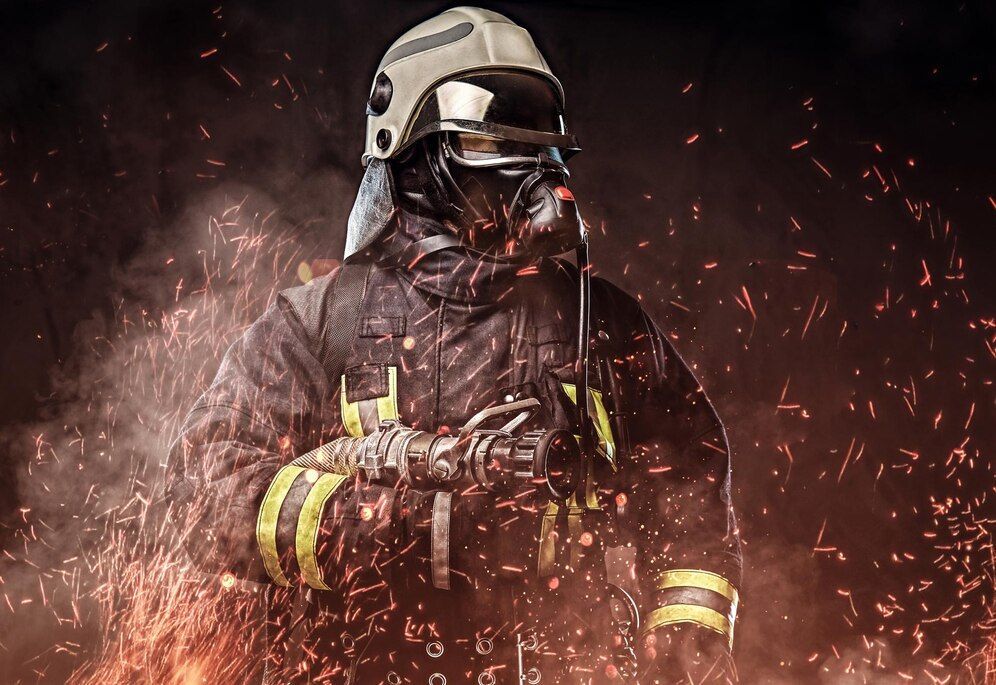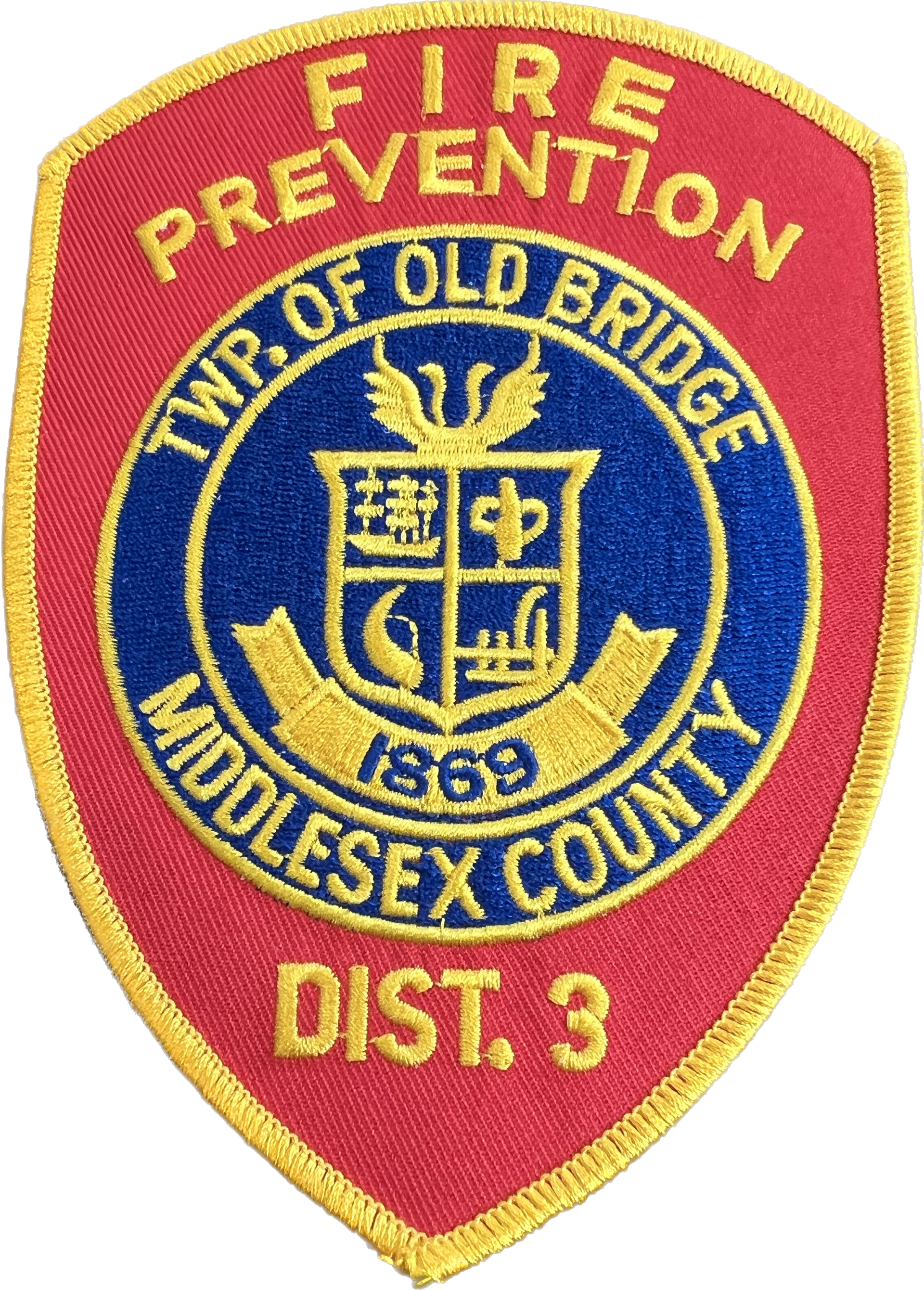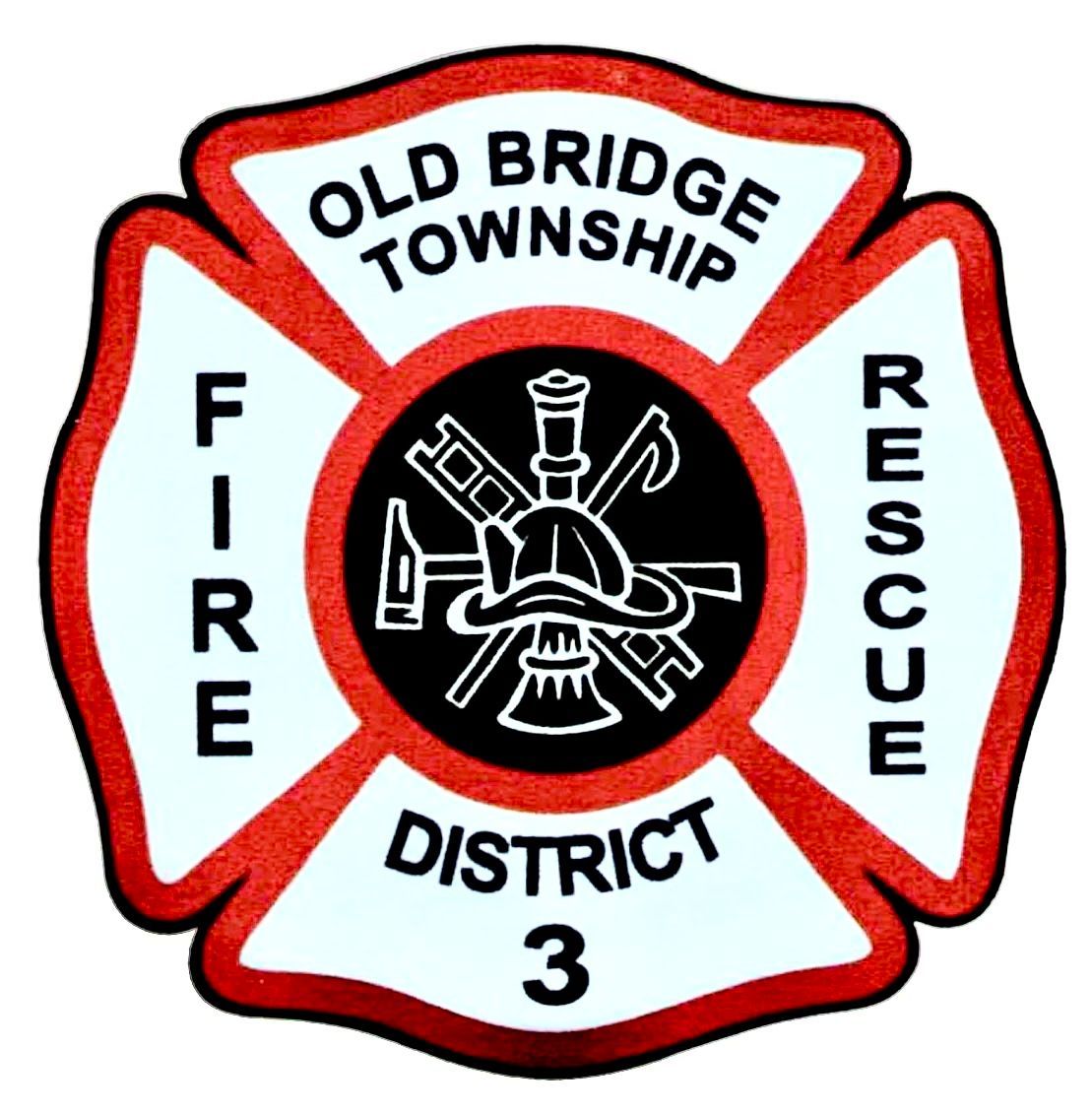The Importance of Fire Safety in High-Rise Buildings: Tips for Residents and Building Owners
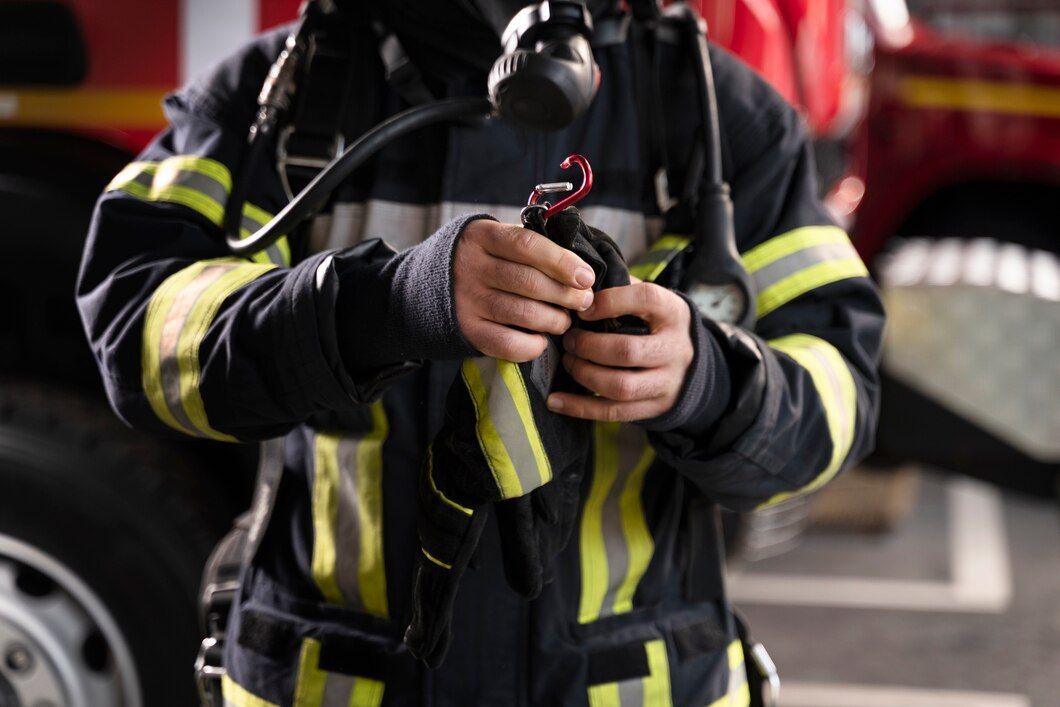
High-rise buildings present unique challenges when it comes to fire safety, as their sheer size and structure can complicate effective access and evacuation during emergencies. As professional firefighters committed to providing fire protection solutions, we recognize the importance of promoting fire safety measures specific to high-rise buildings, ensuring the safety and well-being of both residents and property.
Fire safety in high-rise buildings involves several key aspects, such as implementing fire-resistant design, ensuring adequate and swift emergency response, and fostering preventive measures and awareness among building occupants. By following guidelines and best practices that cater to the unique challenges of high-rise structures, we can create a safer environment for all.
In this article, we will explore essential tips and strategies for enhancing fire safety in high-rise buildings, including fire-resistant construction and design, the importance of fire detection and suppression systems, and the role of residents in maintaining safety. Our goal is to provide an informative and practical guide that empowers residents, building owners, and management to take a proactive approach to ensuring the safety and security of high-rise dwellers.
Fire-Resistant Construction and Design
A crucial aspect of fire safety in high-rise buildings is utilizing fire-resistant construction materials and design principles. These can dramatically reduce the risk of fire spreading and improve evacuation capabilities. Some key considerations include:
1. Fire-Resistant Materials:
Use non-combustible materials like concrete, steel, and fire-resistant glass for structural elements and exterior cladding. Insist on fire-rated doors and fire-resistant insulation to further minimize fire spread.
2. Compartmentation: Design the building to prevent the spread of fire and smoke by incorporating fire-resistant walls, floors, and ceilings, effectively compartmentalizing the structure.
3. Egress Routes: Ensure multiple unobstructed exit routes specifically designed for easy and rapid evacuation, along with proper signage and lighting to guide occupants during an emergency.
Fire Detection and Suppression Systems
High-rise buildings must be equipped with advanced fire detection and suppression systems to quickly identify and manage fires. The following systems are vital for fire safety in high-rise buildings:
1. Smoke Detectors: Install and maintain interconnected smoke alarms in each residential unit and throughout the building. Ensure alarms are tested and serviced regularly.
2. Fire Alarm Systems: Implement a comprehensive fire alarm system with an integrated public address system to issue alerts and instructions during a fire emergency.
3. Sprinkler Systems: Equip the building with a well-designed and maintained automatic sprinkler system to help suppress fires in their early stages, minimizing damage and potential loss of life.
4. Standpipe Systems:
Install standpipe systems in strategic locations throughout the building, providing a reliable water supply for firefighting efforts by emergency personnel.
Responsibilities of Building Owners and Management
Building owners and management play an essential role in upholding fire safety standards in high-rise buildings. Some critical responsibilities include:
1. Regular Inspections:
Conduct periodic fire safety inspections to ensure that all systems, such as sprinklers, standpipes, and alarms, are in proper working order.
2. Fire Safety Drills:
Coordinate periodic fire safety drills for both occupants and building staff, allowing them to practice emergency procedures and become familiar with exit routes.
3. Maintenance and Upgrades: Stay up-to-date with the latest fire safety technologies and industry best practices, and make upgrades and maintenance a priority in order to enhance the safety of the building.
The Role of Residents in High-Rise Fire Safety
Residents also play an integral part in maintaining fire safety within high-rise buildings. Here are some essential tips for residents:
1. Be Prepared:
Familiarize yourself with your building’s emergency evacuation plan and designated exit routes. Keep an easily accessible evacuation kit that includes essential supplies like a flashlight, whistle, and spare batteries.
2. Preventative Measures: Verify that your unit is equipped with functioning smoke detectors and ensure proper maintenance and testing. Keep fire extinguishers handy and know how to use them.
3. No Clutter:
Keep corridors, stairwells, and exit routes free from clutter and any obstructions that could hinder evacuation during an emergency.
4. Report Concerns:
Communicate with building management regarding any fire safety concerns, such as non-functioning equipment, missing signage, or damaged fire doors. Timely reporting can expedite corrective actions and maintain a safe environment.
Conclusion
Maintaining fire safety in high-rise buildings is paramount, as their unique characteristics can present challenges during fire emergencies. By adhering to fire-resistant construction and design principles, implementing advanced fire detection and suppression systems, and fostering awareness and proactive behaviors among occupants, building owners can help create safe havens for high-rise dwellers.
At the Board of Fire Commissioners, Fire District 3, Township of Old Bridge, our priority is promoting
fire prevention, protection solutions, and education, helping people stay safe in their homes and communities. Discover more resources on fire protection, incident response, public education, and fire code enforcement with us. Together, we can ensure the safety and well-being of residents in our high-rise buildings and contribute to a more resilient community in the face of fire emergencies.
